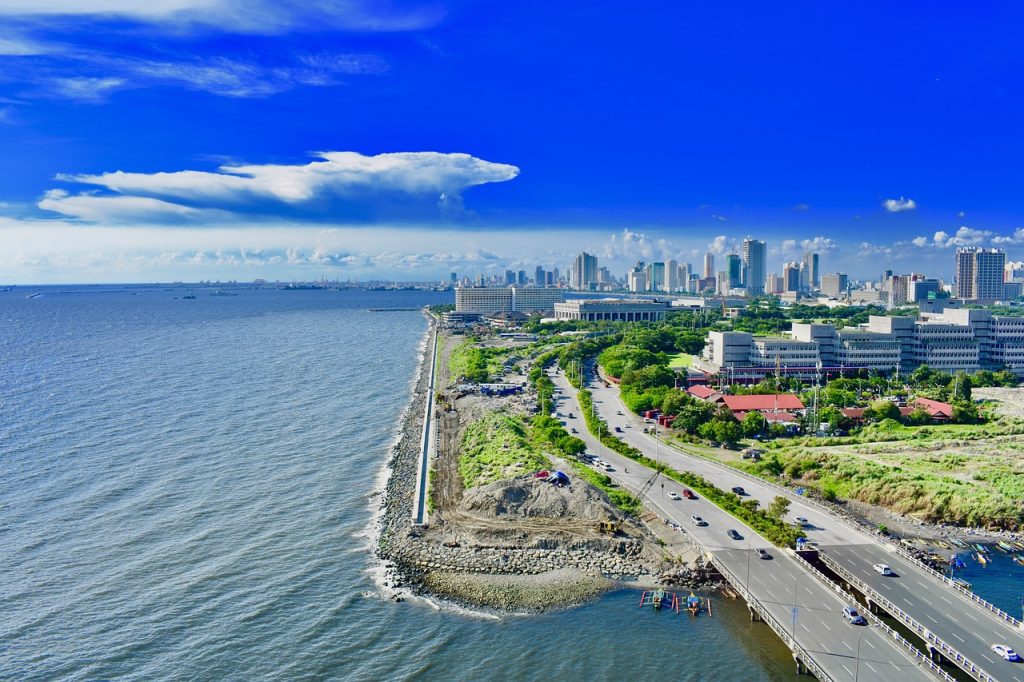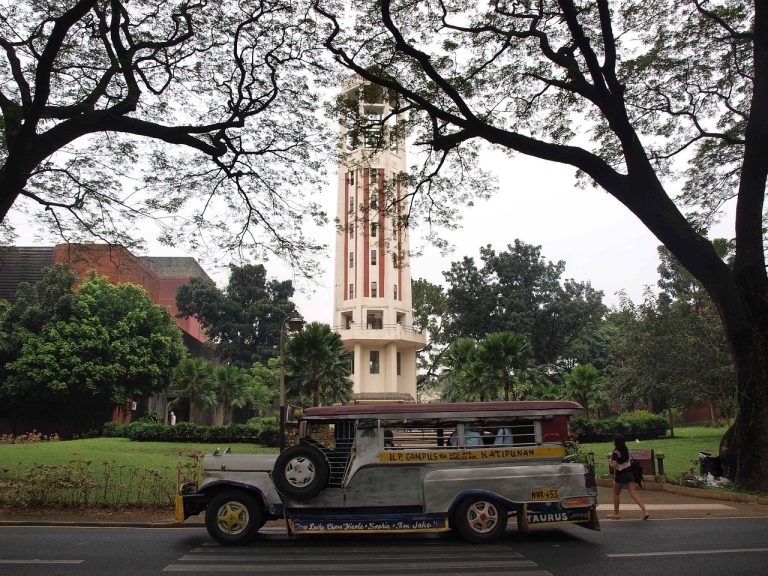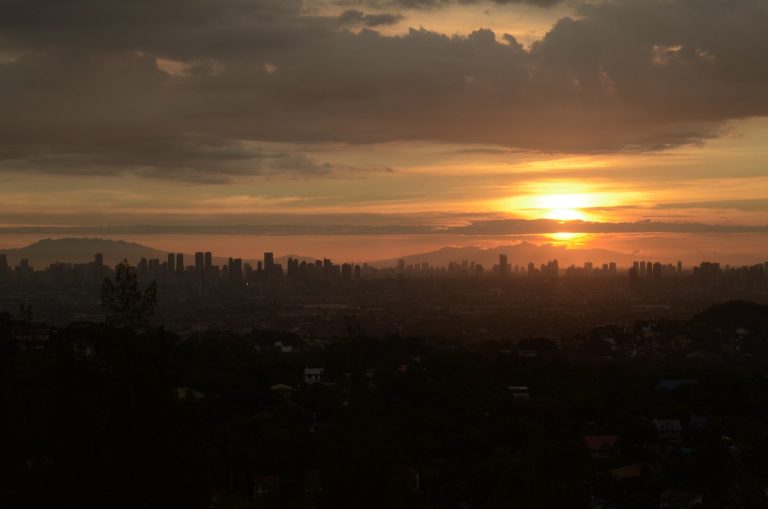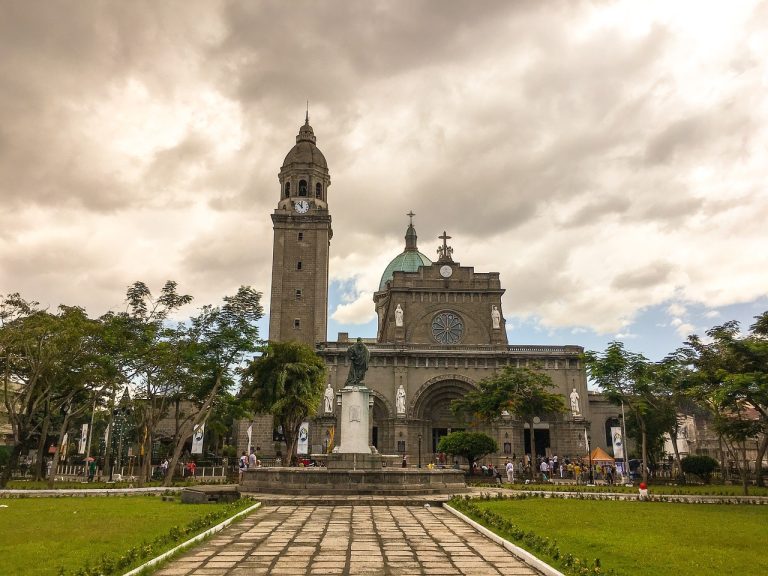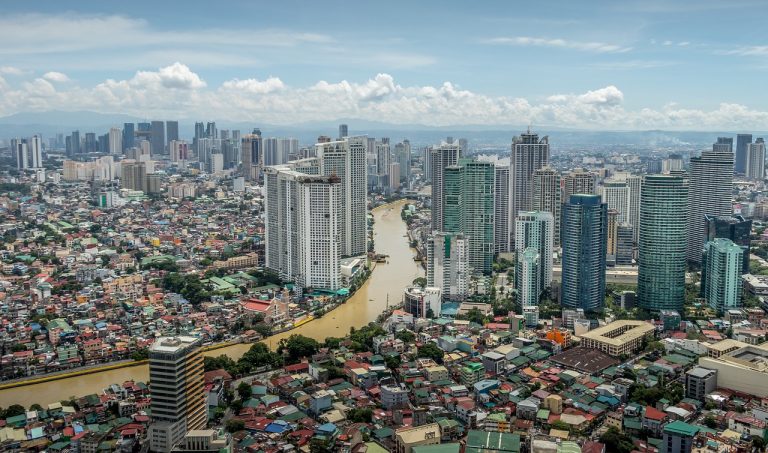Manila Philippines Video
Historical Landmarks of Manila Philippines: A Deep Dive
Manila, the capital city of the Philippines, is home to a rich history and a plethora of historical landmarks that showcase its cultural heritage. From centuries-old churches to iconic fortresses, Manila offers a glimpse into the country’s colonial past and its struggle for independence. In this article, we will explore ten notable historical landmarks in Manila, each with its own unique story to tell.
Intramuros: The Walled City

- Fort Santiago: This 16th-century fortress served as a defense stronghold during the Spanish colonial period. It witnessed the imprisonment and execution of national hero José Rizal.
- San Agustin Church: Built in 1607, it is the oldest stone church in the country and a UNESCO World Heritage Site. Its intricate Baroque architecture and stunning interior make it a must-visit.
- Casa Manila: A reconstructed Spanish colonial house, Casa Manila provides a glimpse into the lifestyle of the upper class during the Spanish era.
Rizal Park: A Tribute to a National Hero
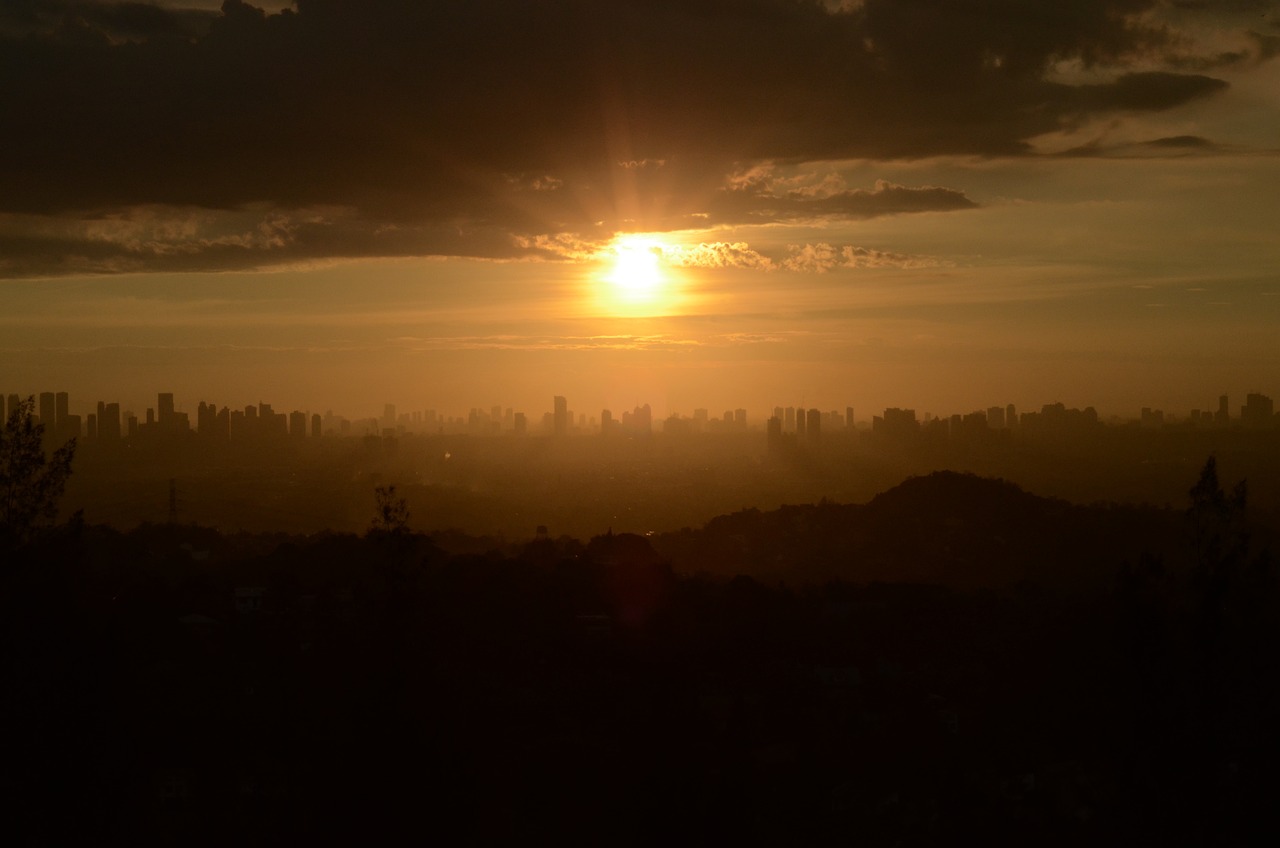
- Rizal Monument: This iconic bronze statue of José Rizal, the Philippines’ national hero, stands as a symbol of freedom and independence.
- Japanese Garden: A serene oasis within Rizal Park, the Japanese Garden offers a tranquil escape from the bustling city.
- Orchidarium and Butterfly Pavilion: Nature lovers will appreciate the beauty of the orchids and butterflies found in this botanical garden.
Manila Cathedral: A Testament of Faith
- Basilica Minore de San Sebastián: Known for its stunning Gothic Revival architecture, this church is the only all-steel church in Asia.
- Manila Metropolitan Theater: Once a center for the performing arts, this theater showcases a blend of Art Deco and Filipino architectural styles.
- National Museum of Fine Arts: Housed in the former Legislative Building, the museum displays a vast collection of Philippine art, including works by national artists.
Binondo: The World’s Oldest Chinatown
- Binondo Church: Also known as Minor Basilica of Saint Lorenzo Ruiz, this church is a popular pilgrimage site for Filipino-Chinese devotees.
- Escolta Street: Once considered the “Queen of Manila’s Streets,” Escolta is lined with historic buildings and is a testament to the city’s commercial past.
- Seng Guan Temple: This Taoist temple is a place of worship for the local Chinese community and offers a glimpse into their religious practices.
Malacañang Palace: The Presidential Residence

- Malacañang Museum: Located within the palace complex, the museum showcases the history and artifacts related to the Philippine presidency.
- Pasig River: Flowing near Malacañang Palace, the Pasig River played a significant role in the city’s development and trade during the Spanish colonial period.
- Manila Hotel: A historic luxury hotel that has hosted numerous prominent figures throughout history, including world leaders and celebrities.
Conclusion
Manila, Philippines, is a city steeped in history, and its historical landmarks provide a glimpse into the country’s past. From the ancient walls of Intramuros to the grandeur of the Manila Cathedral, these landmarks offer visitors a chance to explore and appreciate the cultural heritage of the Philippines. Whether you’re a history enthusiast or simply seeking to immerse yourself in the city’s rich past, Manila’s historical landmarks are a must-visit.
References
– intramuros.ph
– ncca.gov.ph
– rizalpark.gov.ph
– manilacathedral.ph
– nationalmuseum.gov.ph
– chinatown.ph
– malacanang.gov.ph
– manilahotel.com

